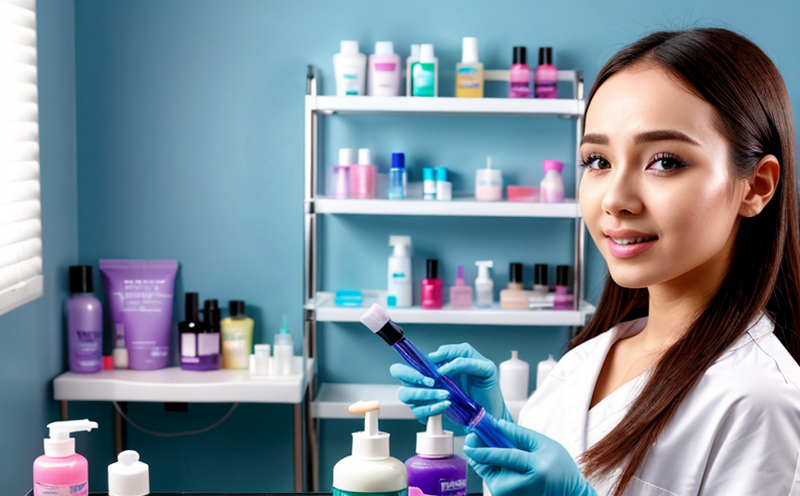AOAC 2017.01 Microbial Limit Testing in Cosmetic Products
The AOAC Official Method 2017.01, known as the Microbial Limit Test for Cosmetics, is a critical procedure utilized to ensure that cosmetic products meet stringent microbial safety standards set by regulatory bodies. This method focuses on quantifying and identifying potential pathogens in cosmetics to minimize health risks associated with contaminated products.
This test is pivotal in the personal care industry where the presence of microorganisms can lead to severe consequences such as infections, allergic reactions, or even death if not properly controlled. The standard AOAC 2017.01 method involves a series of steps including sample preparation, inoculation with culture media, incubation periods, and final enumeration and identification procedures.
The protocol is designed to detect bacteria, fungi, yeasts, and molds that are present in cosmetic products. These microorganisms can originate from various sources such as raw materials, packaging materials, or manufacturing environments. The testing process ensures that the product is free of pathogens like Staphylococcus aureus, Pseudomonas aeruginosa, and other opportunistic pathogens.
For effective implementation of this test, it's crucial to follow precise methodology outlined in AOAC 2017.01. Sample preparation typically involves diluting the product with a suitable buffer solution before plating onto appropriate media. Incubation times vary depending on the type of microorganism being targeted; for instance, bacteria require 48 hours at 35°C while fungi need up to 10 days under specific conditions.
The results are reported based on colony-forming units per gram or milliliter (CFU/g or CFU/mL), which provides an indication of microbial contamination levels. Compliance with this standard is essential for manufacturers aiming to meet regulatory requirements, protect consumer health, and maintain brand reputation.
Regulatory compliance plays a significant role in ensuring product safety across borders. Many countries have adopted AOAC 2017.01 as part of their national standards or guidelines for cosmetic testing. By adhering to this method, companies can demonstrate adherence to international best practices and gain consumer trust.
In summary, the AOAC 2017.01 Microbial Limit Test is a cornerstone in safeguarding public health by detecting potentially harmful microorganisms in cosmetic products. Its rigorous procedures ensure consistent quality control throughout production processes, helping manufacturers comply with stringent regulations while maintaining product integrity and safety.
- Why Choose This Test:
- To ensure compliance with global regulatory standards for cosmetics;
- To provide accurate quantification of microbial contaminants in products;
- To protect consumers from health risks associated with contaminated cosmetic items;
- To enhance brand reputation through demonstrated commitment to quality and safety.





